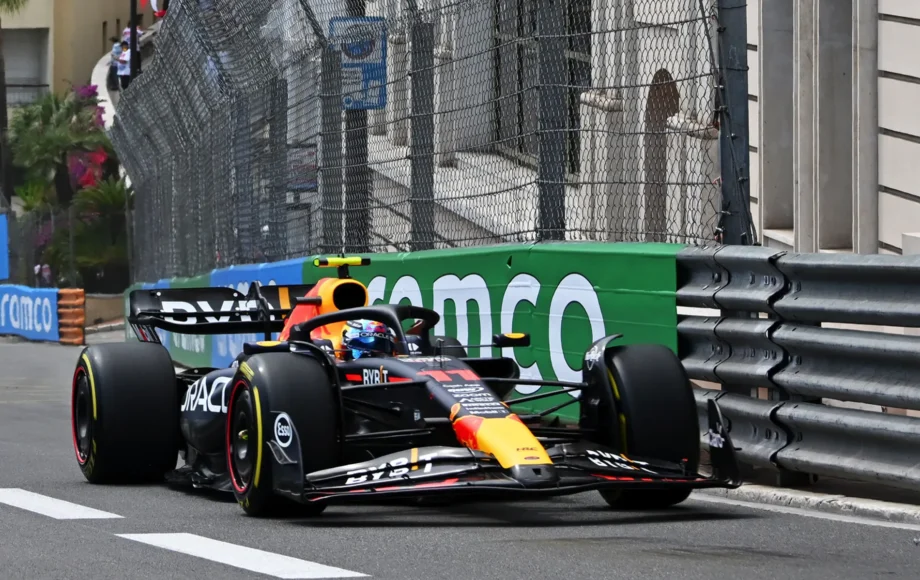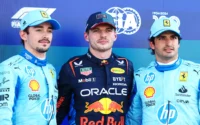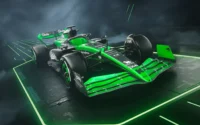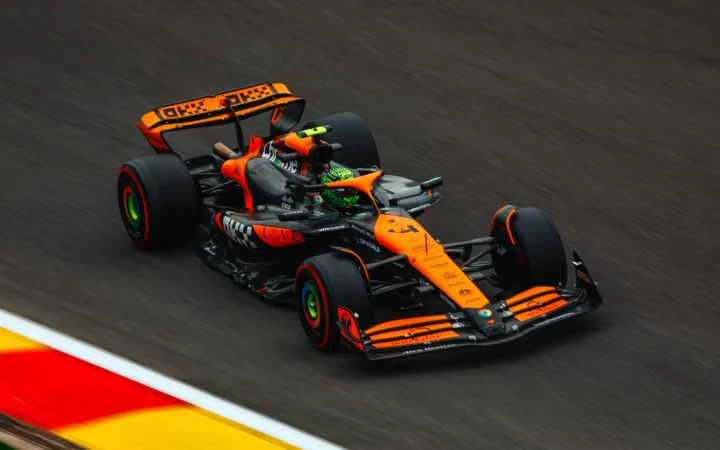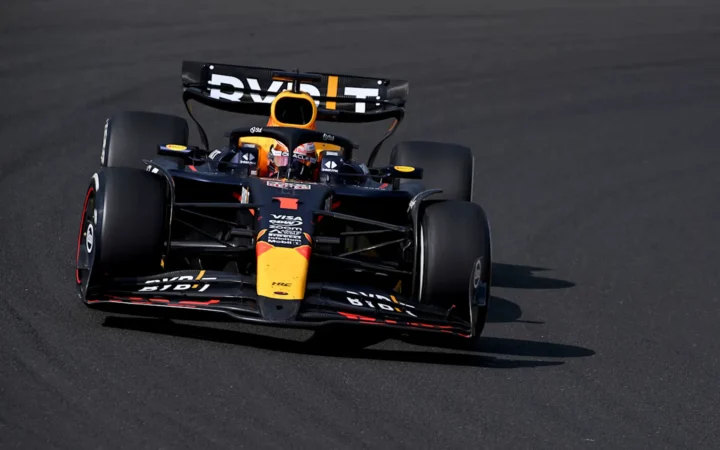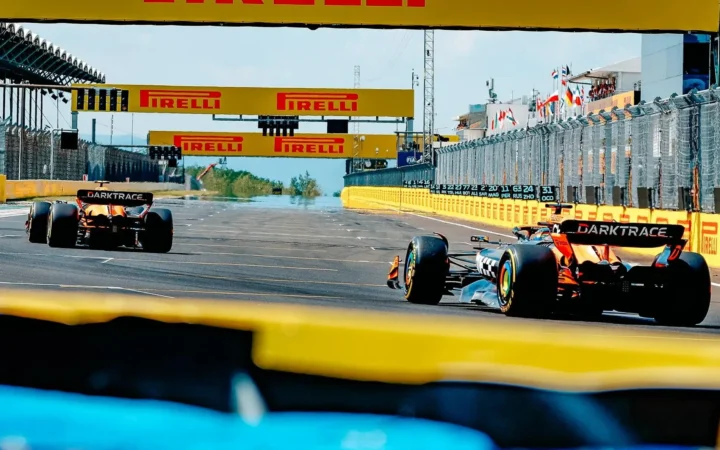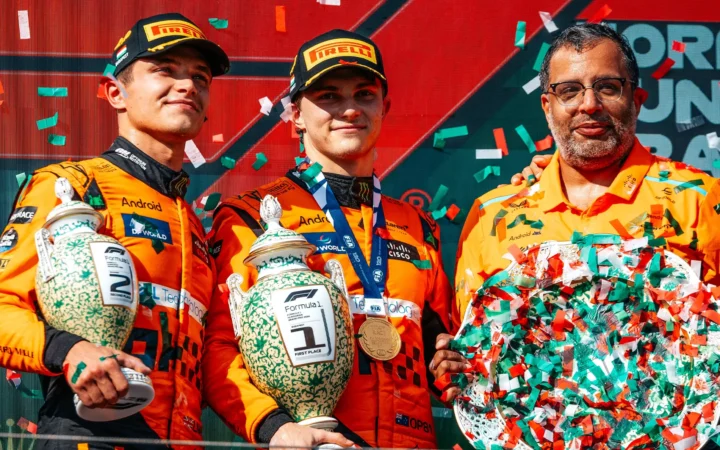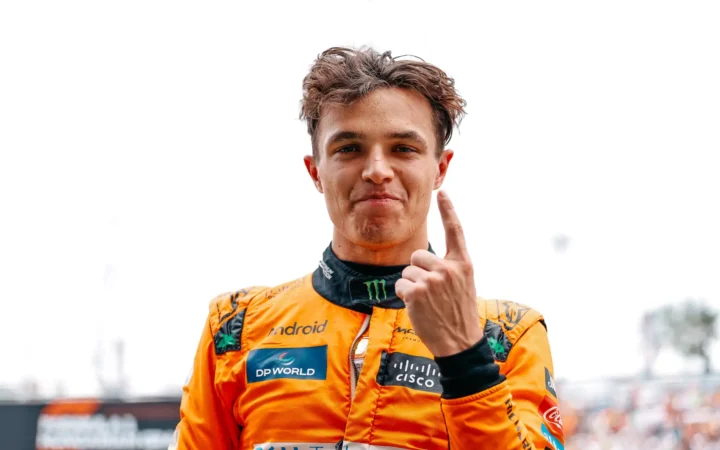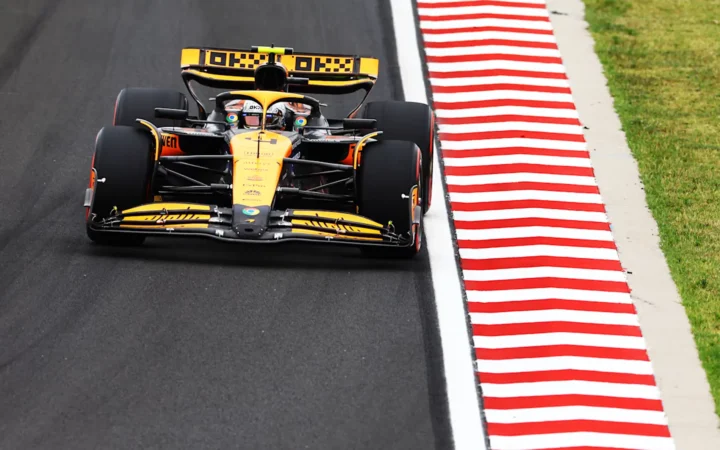Hotly anticipated modifications to the F1 Sprint format may arrive for the 2024 season, with Sergio Perez proposing a bold shift towards reverse grid races. How might this transform the structure of race weekends?
The introduction of the F1 Sprint format has sparked controversy since its 2021 debut.
READ MORE: F1 DRS: Potential Modifications to the DRS Rule in F1 for Enhanced Racing Drama
Each subsequent year has seen tweaks to the schedule, including a new Saturday morning qualifying shootout that determines the Sprint lineup.
Originally, the sprint race’s outcome would set the Grand Prix grid, but despite various changes, the shorter race has often revealed strategies that might have added suspense to the main race.
Current discussions aim to refine the Sprint format for next year, streamlining the experience for fans. Yet, ironically, the continuous revisions may be causing the confusion they seek to eliminate.
The consensus in F1 seems clear despite numerous teams and drivers advocating for the elimination of the sprints: they are here to stay.
During the 2023 race weekend in Brazil, Sergio Perez voiced a radical idea for the sprint format’s overhaul.
“I would propose a reverse grid or something like that, to make it more interesting for the fans because I don’t think it’s working, what we want to achieve,” he explained to RacingNews365.
“I think it will mix up things. It would create more opportunities, a lot more overtaking. If we want to keep this format, give it a go on something quite different.”
How does a reverse F1 grid work?
While reverse grid racing is not an unfamiliar concept, it’s unusual for a driver to advocate such a significant alteration to the championship’s rules.
Formula 2 has implemented this by reversing the top ten finishers from qualifying for their Sprint Race, and Formula 3 has followed suit, adjusting for a bigger grid by inverting the top 12.

An essential goal of the Sprint format was to inject excitement into all three days of the race weekend.
However, this year’s single practice session before qualifying highlighted drawbacks, like insufficient setup optimisation, which contributed to the disqualifications of Lewis Hamilton and Charles Leclerc at the 2023 United States Grand Prix for plank wear violations.
The parc ferme rules also present challenges, locking in car configurations after a mere 60 minutes of practice, a reduction from the traditional three-hour practice window.
Maybe F1 should bring back two practice sessions on Friday and enforce parc ferme conditions pre-qualifying on Saturday?
This qualifying session would determine the Grand Prix grid, and the top 10 times from this session could be reversed for the sprint race grid. Entirely inverting the grid could backfire, prompting teams to underperform if they believe a top-10 finish is unattainable deliberately.
To avoid this, F1 might need to revise the qualifying process, potentially mirroring Formula 2’s single 30-minute session for setting times.
Pirelli’s plans to reduce the number of tyres available could also influence teams to wait until the session’s end before making their qualifying runs.
Enhanced Racing Prospects?
Indeed, a reverse grid would prompt more overtaking by having faster cars start from the back. Yet, more overtaking doesn’t automatically equate to more engaging racing.
Passes on DRS straights alone don’t sustain excitement. Each circuit’s unique features influence overtaking dynamics – take Brazil’s two DRS zones as an example; they maintain the action between recently overtaken cars.
Reverse grids could significantly impact the Constructors’ Championship, particularly for teams like Williams, where starting at the front could mean a valuable points haul.
It could redefine strategies for midfield teams, spurring them to fight into the top 10 for better weekend prospects.
Traditionalists may argue that a sprint win doesn’t compare to a Grand Prix victory, while newcomers looking for thrills could find them here. The actual quality of racing would hinge on the competitive balance among teams.
Reverse grid racing is, at present, merely a proposition, yet it could herald the most transformative change to F1 racing in a long time. As F1 strives for peak entertainment, such a concept might leap from the drawing board to the racetrack.
Seen in:

